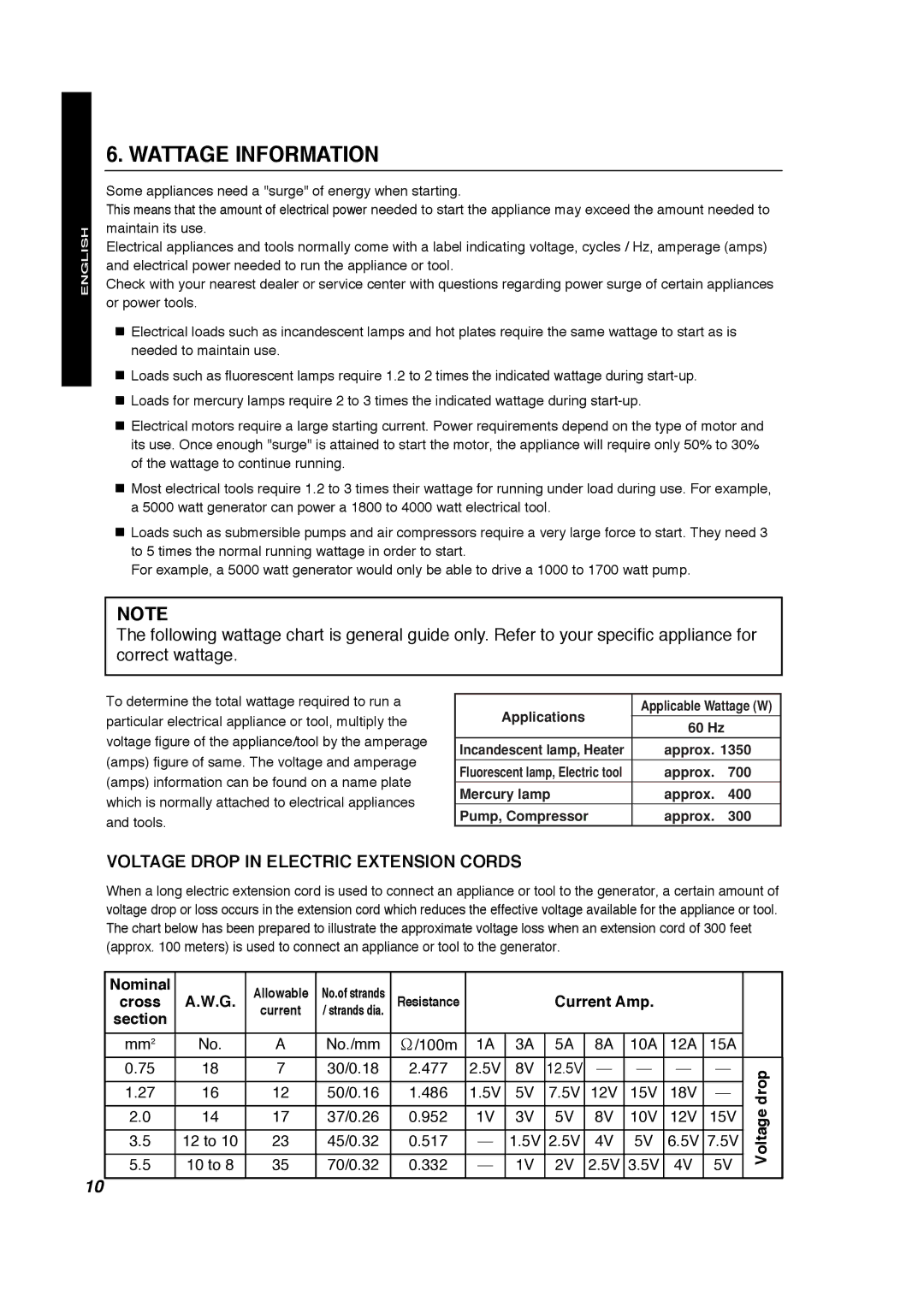G1700i specifications
The Makita G1700i is a powerful and versatile inverter generator that delivers reliable performance for both home and outdoor applications. With its compact design and advanced technology, it has quickly gained a reputation among users looking for a reliable source of portable power.One of the standout features of the Makita G1700i is its impressive power output. It provides a maximum output of 1700 watts and a continuous output of 1400 watts, making it suitable for powering household appliances, recreational equipment, and tools. This generator is particularly valuable for camping trips, tailgating, and other outdoor activities, where access to electricity may be limited.
The G1700i is equipped with an advanced inverter technology that ensures clean, stable power. This is essential for sensitive electronic devices such as laptops, smartphones, and other gadgets, which can be damaged by unstable power supplies. The inverter technology also allows for efficient fuel consumption, giving users longer runtime on a single tank of fuel.
Another key characteristic of the Makita G1700i is its ultra-quiet operation. Producing only 58 decibels at rated load, this generator runs quietly enough to use in residential areas or during nighttime camping without disturbing the peace. The noise level is comparable to that of a normal conversation, making it an ideal choice for those who prioritize a quieter generator experience.
Mobility is also a highlight of the G1700i. Weighing in at just 39 pounds, it features a compact and lightweight design, complemented by an ergonomic handle for easy transportation. This makes it not only portable but also convenient for users who need to move it from one location to another.
Additionally, the Makita G1700i is designed with user safety and convenience in mind. It includes a variety of protective features such as overload protection, low oil shutdown, and a fuel gauge for easy monitoring. The generator’s easy-start recoil mechanism ensures that users can start it with minimal effort.
Overall, the Makita G1700i inverter generator stands out for its combination of power, efficiency, and quiet operation. Whether for home use, recreational activities, or emergency backup, it provides a dependable and portable power solution that meets a wide range of needs. Its advanced features and characteristics make it a top choice for anyone in need of reliable and efficient portable power.

